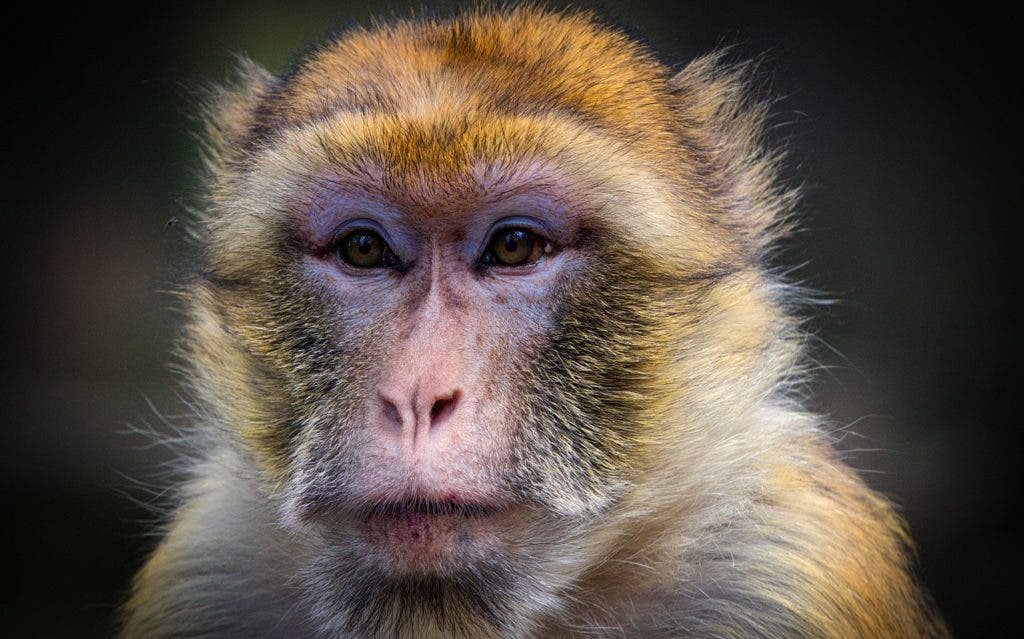Consciousness is just weird. We don’t know which parts of the brain are responsible for a conscious state. A new study, however, is making good progress after scientists identified an “engine of consciousness” — a region of the brain that, when stimulated, woke up monkey subjects even when they were under anesthesia.

Research in the past showed that staying in a conscious state involves activity across the entire brain. However, some brain regions seem to play a more important role in this regard than others.
Take, for instance, the case of a patient who for months was in a “minimally conscious state” (a condition of severely altered consciousness that is distinguished from the vegetative state) following a brain injury. During this state, the man was mostly unaware of his surroundings although he would have some bouts of consciousness from time to time. In many ways, it was as if his mind was on some other planet.
In August 2007, researchers at the Weill Cornell Medical College in New York City implanted electrodes in the patient’s central thalamus, which contains neurons sensitive to eye position and which plays a critical role in forebrain arousal and organized behavior. The patient’s level of consciousness improved dramatically after this procedure.
This landmark study suggested that it is possible to switch wakefulness on and off with the right stimuli.
In a new study, researchers at the University of Wisconsin-Madison took this a step further, performing experiments on sleeping or anesthetized macaques.
“We decided to go beyond the classical approach of recording from one area at a time,” says senior author Yuri Saalmann, an assistant professor at the University of Wisconsin, Madison. “We recorded from multiple areas at the same time to see how the entire network behaves.”
The researchers implanted electrodes in various areas of the monkeys’ brains and sent mild electric impulses through them while the animals were either asleep or sedated.
The monkeys stayed asleep during most stimulation apart from the time when the impulse stimulated the central lateral thalamus at a specific frequency. At that time, the monkeys woke up even when they were under deep anesthesia.
Sleep and anesthesia have different mechanisms of action, so the fact that the monkeys became awake following the electrode stimulation suggests that a shared brain circuit is involved in wakefulness.
After monitoring the monkeys as they went back and forth between conscious and unconscious states, the researchers were able to identify two brain pathways that trigger a wakeful state when activated.
One of the circuits carries sensory information from the thalamus to the cerebral cortex, the outermost layered structure of the brain and controls higher brain functions such as information processing. The other pathway that needs to be activated to trigger consciousness is involved in making predictions, attention priorities, and goals.
“We found that when we stimulated this tiny little brain area, we could wake the animals up and reinstate all the neural activity that you’d normally see in the cortex during wakefulness,” Saalmann says. “They acted just as they would if they were awake. When we switched off the stimulation, the animals went straight back to being unconscious.”
There’s a big caveat though: once the stimulation stopped, the monkeys’ consciousness also slipped away.
In this study, consciousness does not refer to the individual awareness of one’s unique thoughts, memories, feelings, sensations, and environment. How this kind of consciousness, or sentience, arises is a complex question, which the study’s authors did not attempt to answer. In this context, consciousness refers to being awake (i.e. not asleep) and able to interact with one’s environment.
The newly identified link between the thalamus and the cortex may have important medical implications. For instance, the insight could lead to improvements in anesthesia and new treatments for people with consciousness disorders, such as the 2007 patient mentioned earlier.
There are also some study limitations, such as the fact that only two monkeys were examined. In the future, similar studies that employ a higher sample and work with other animal models (i.e. mice) could strengthen the study’s findings.
“The overriding motivation of this research is to help people with disorders of consciousness to live better lives,” says first author Michelle Redinbaugh, a graduate student in the Department of Psychology at the University of Wisconsin, Madison. “We have to start by understanding the minimum mechanism that is necessary or sufficient for consciousness, so that the correct part of the brain can be targeted clinically.”
“There are many exciting implications for this work,” she says. “It’s possible we may be able to use these kinds of deep-brain stimulating electrodes to bring people out of comas. Our findings may also be useful for developing new ways to monitor patients under clinical anesthesia, to make sure they are safely unconscious.”
The study appeared in the journal Neuron.


